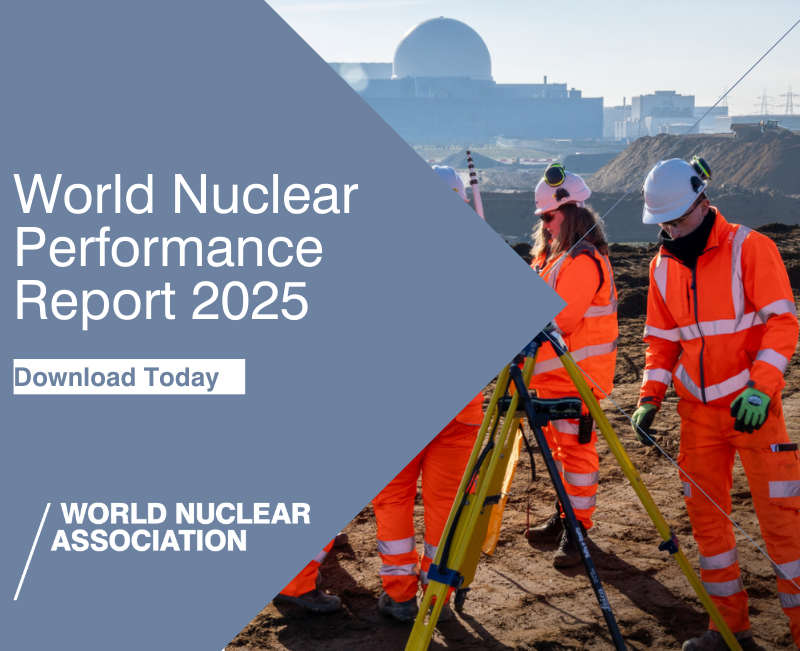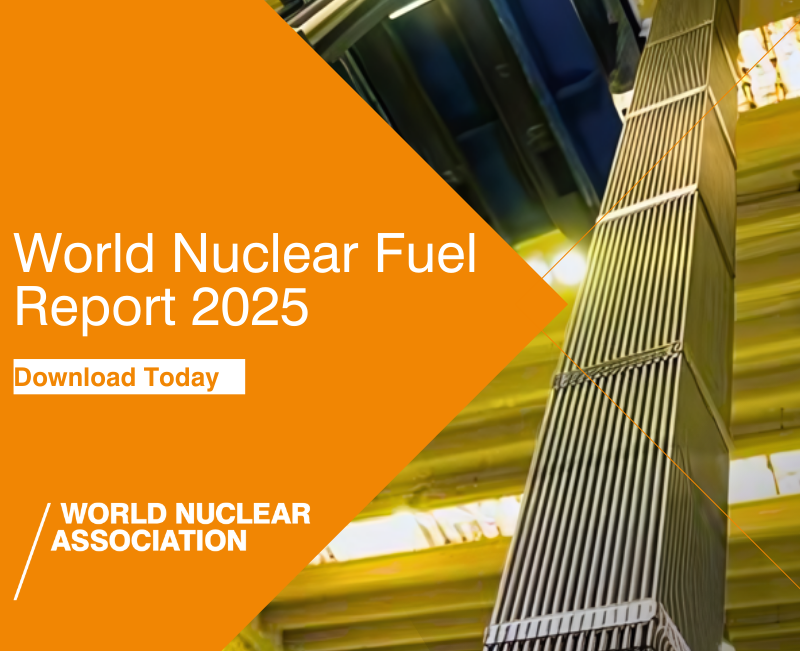NRG-Pallas applied in June 2022 to the Dutch regulator, the Authority for Nuclear Safety and Radiation Protection (ANVS), for a permit to construct and operate the Pallas reactor. ANVS granted a construction licence in mid-February 2023. Preparatory work on the foundation began in May 2023. This work is being carried out by Belgian construction firm Besix, which was awarded a contract in November 2022.
To create the construction pit, a hole of about 50 metres by 50 metres and 17.5 metres deep was dug in several phases. To do this, 30 trenches measuring one-and-a-half metres wide were dug, into which concrete was poured to create the so-called "diaphragm walls". The diaphragm walls are anchored with 380 bored piles placed within them. A ring beam has been placed around the top part of the walls to connect the walls together.
As part of the latest series of works at the bottom of the construction pit, a total of 790 tonnes of steel reinforcement bars have been placed in layers.
In the final step, a 1.5-metre-thick layer of concrete is now poured across the whole surface of the pit's bottom in five stages to form the foundation floor of the Pallas reactor.
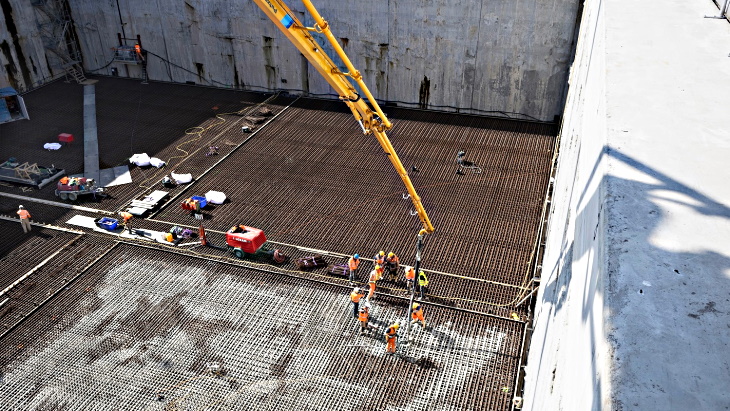
(Image: NRG-Pallas)
"In coming months, the site will keep transforming: the construction staff office for 250 people will be installed, first works on the Pallas reactor, and its secondary cooling system building will commence," NRG-Pallas said.
Although funding has been allocated in the coming years for the construction of the Pallas reactor, the Dutch government has yet to make a final decision on its construction. Construction will be able to go ahead if the Dutch parliament does not object to the creation of a new state-owned company. The European Commission has already approved, under EU state aid rules, the Dutch government's plan to invest EUR2 billion (USD2.2 billion) in the construction of Pallas.
Former Minister of Health, Welfare and Sport Ernst Kuipers instructed the Pallas foundation not to take any irreversible steps, but to continue with the preparations for the project in the meantime to avoid unnecessary delays.
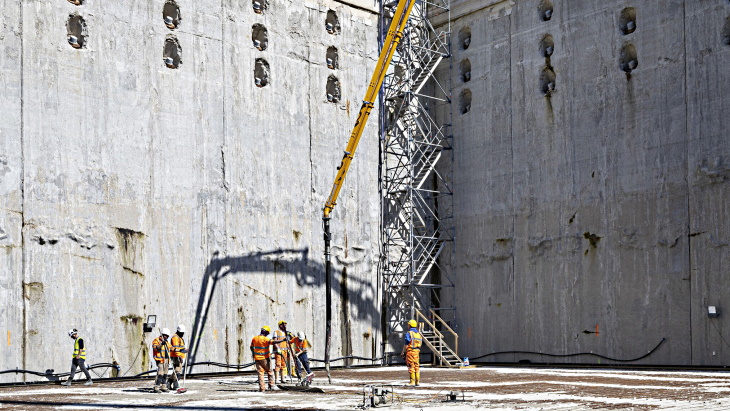
(Image: NRG-Pallas)
In January 2023, Pallas launched a tender procedure for the construction of the Pallas reactor and surrounding buildings under EU public procurement rules. Three pre-qualified candidates were selected to submit offers. In December, Spanish construction firm FCC Construcción was contracted to build Pallas.
The Pallas research reactor is to be built at Petten to replace the existing High Flux Reactor (HFR). The 45 MW HFR started operating in September 1960, since when its use has largely been shifted from nuclear materials testing to fundamental research and the production of medical radioisotopes. The reactor - operated by NRG on behalf of the European Union's Joint Research Centre - has for a long time supplied about 60% of Europe's and 30% of the world's use of medical radioactive sources.
Pallas will be of the "tank-in-pool" type, with a thermal power of around 55 MW, and able to deploy its neutron flux more efficiently and effectively than the HFR.

_21194.jpg)



_82983.jpg)
_34792.jpg)
_16403_79272.jpg)
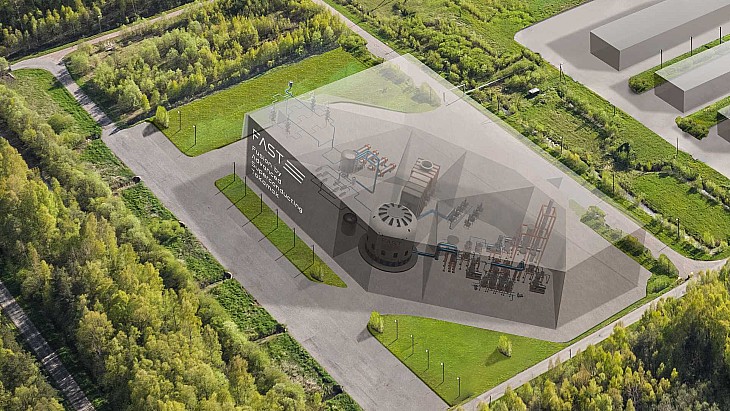
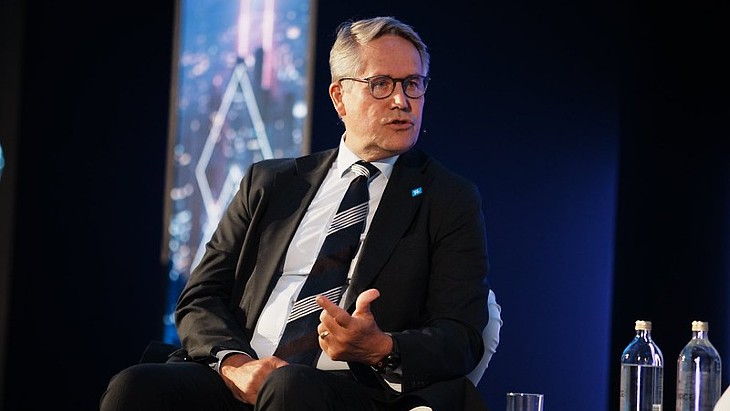
_76087_55556.jpg)

